Moreleta Kloof Nature Reserve 0
It was late May and the Moreleta Kloof Nature Reserve looked dry and worn-out as the harsh Highveld winter began to take its toll on this area of great peace and tranquility nestled in the suburbs of eastern Pretoria, below the Bronberg ridge.
The Rademeyerspruit, a tributary of the Moreleta River, runs through the reserve and one of the highlights of this suburban oasis is the Flufftail Hide, which overlooks a secluded little vlei area at the bottom of the hill on which the main entrance is situated.
But there was just a trickle of water to be seen and the only avian activity was some die-hard but non-breeding Southern Masked Weavers hanging around, flying between the tops of the reeds. What leaves were on the trees were dry and the veld was all dry, yellowing grass.
But close to the hide, next to the path leading from it, stood a tall, densely-branched Bluebush (Diospyros lycioides) with barely a leaf remaining from its autumnal shedding.
Suddenly there was a flash of bright yellow, like a torchlight in the gloom of all the dull winter colours, as a pair of Blackthroated Canary arrived at the top of the Bluebush. The yellow comes from their rumps, by far the most vivid colour on an otherwise rather drab grey, brown and black bird.
The ‘black throat’ is really just a smudge of black and is more obvious in the males. The Blackthroated Canary generally prefers drier conditions than its fellow Crithagra species, the Yellowfronted Canary, but is nevertheless often near water.
After a little while the pair flew off, making their charming, cheerful, high-pitched twittering & chirping calls.
Before leaving the general vicinity of the hide, I caught a glimpse of a Bushbuck, just before it dashed away into the riverine vegetation.
Heading back up the hill into the grasslands, a group of Redfaced Mousebird were flying between the bushy patches as I made my way towards the path that connects to the Duiker Route. A very large Leopard Tortoise was parked just off the path right at the junction.
The Duiker Route heads around to the east and then up the hill into some denser vegetation: a thicket of woody species but with a variety of grasses in the understorey.
A Browncrowned Tchagra sat briefly on a low, horizontal branch and then dived into the long grass and tangled thicket below the Blue Guarris, Searsias and Wild Olives. These tough, hardy evergreen trees are characteristic of the Highveld grasslands.
A Barthroated Apalis briefly appeared, casting a curious pale eye our way, before it skulked back into the thicket; only to reappear moments later at the tops of the trees, where it went flitting about the canopy.
A Karoo Thrush was also lurking about, before it slinked off into the undergrowth.
As a great time just being in nature in one of the most popular walking spots in Pretoria drew to a conclusion, the close interactions continued as a Common Ostrich wandered about near the path, next to the parking lot. It had been a fun 75 minutes with much to see and enjoy in this healthy eco-system, never mind the abundance of fresh air in a safe location!
Supporting these green areas in the heart of suburbia is so important, and this 100 hectare reserve is certainly an exquisite little treasure.
Where is Moreleta Kloof Nature Reserve?
Sightings list
Laughing Dove
Blackeyed Bulbul
Southern Masked Weaver
Blackthroated Canary
Bushbuck
Redfaced Mousebird
Leopard Tortoise
Browncrowned Tchagra
Barthroated Apalis
Cape White-Eye
Plains Zebra
Karoo Thrush
Common Ostrich


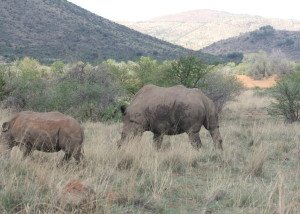

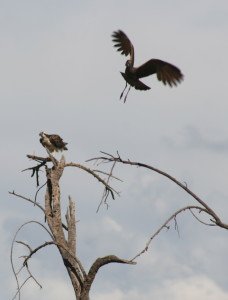
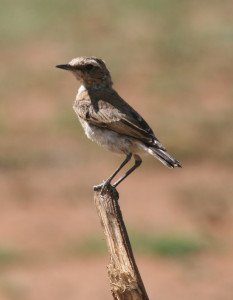
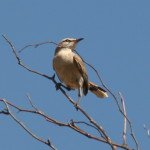
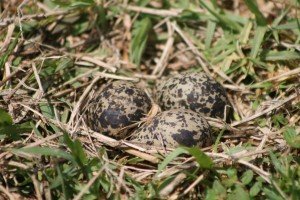
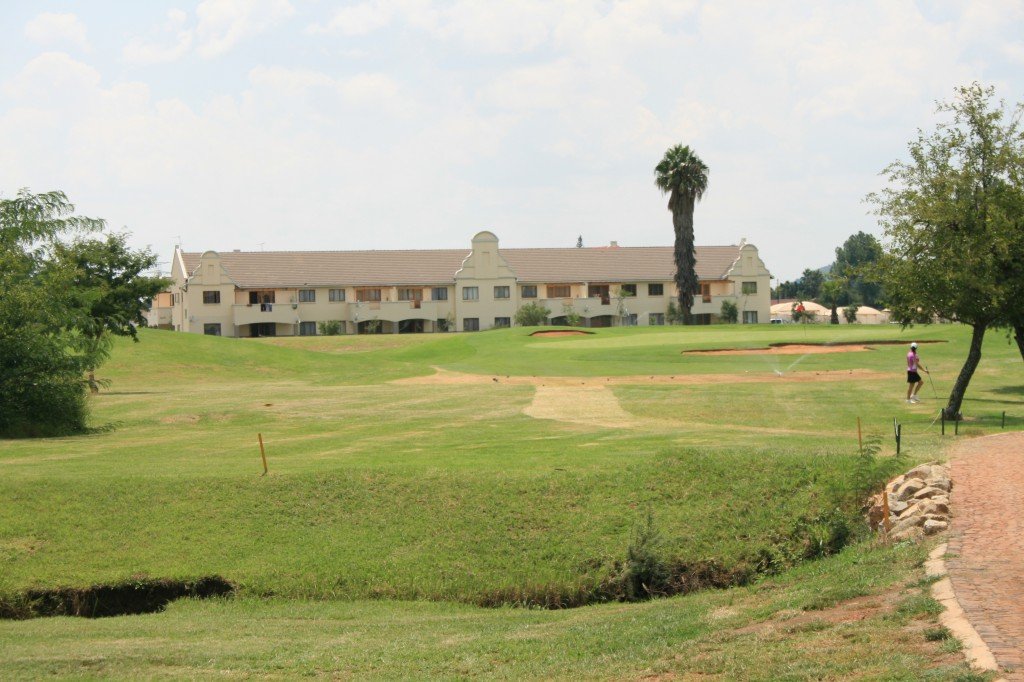

![IMG_0985[1]](http://kenborland.com/wp-content/uploads/2013/01/IMG_098511-e1358891950707-200x300.jpg)